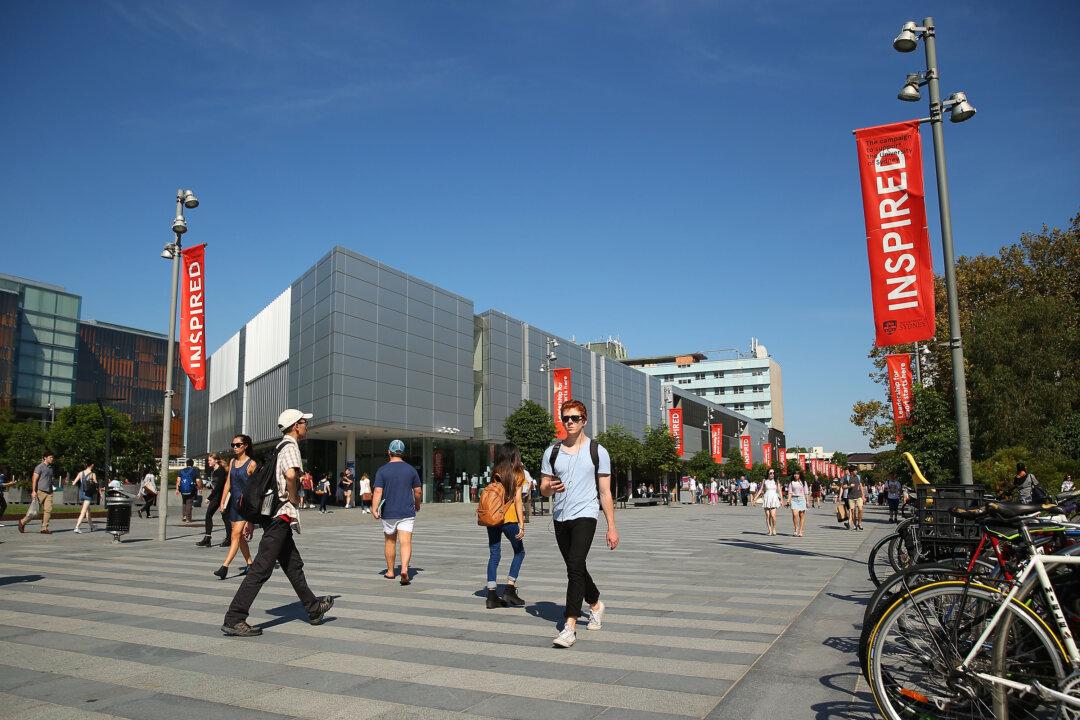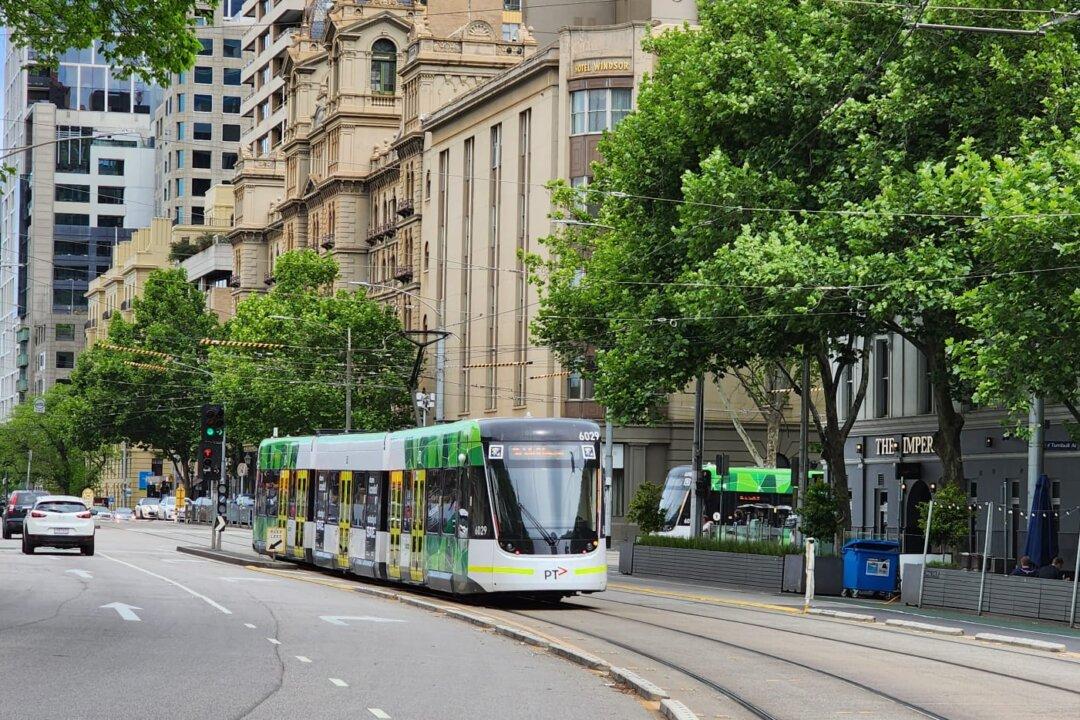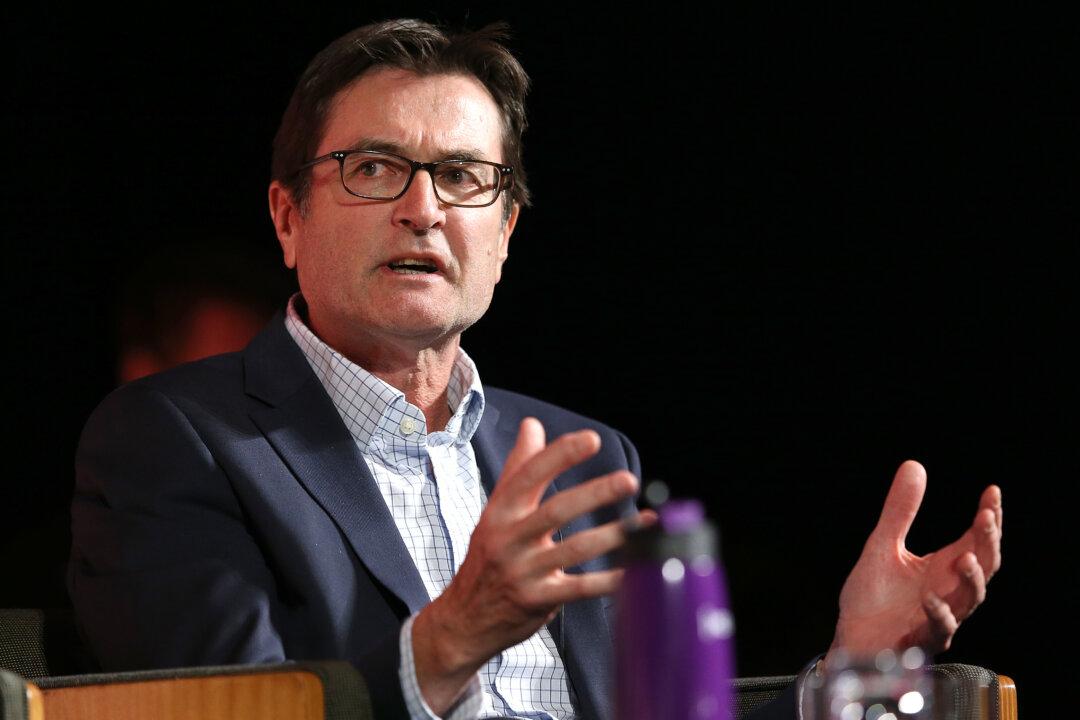Housing shortages for international students loom as another major challenge for Australian authorities, according to a new report compiled by an online marketplace for university accommodation.
Australia’s student housing market is estimated to be worth $10 billion (US$6.7 billion) and will increase at a compound annual growth rate (CAGR) of 17 percent, according to the University Living study, “Beyond Beds: Australia Student Housing Report.”





